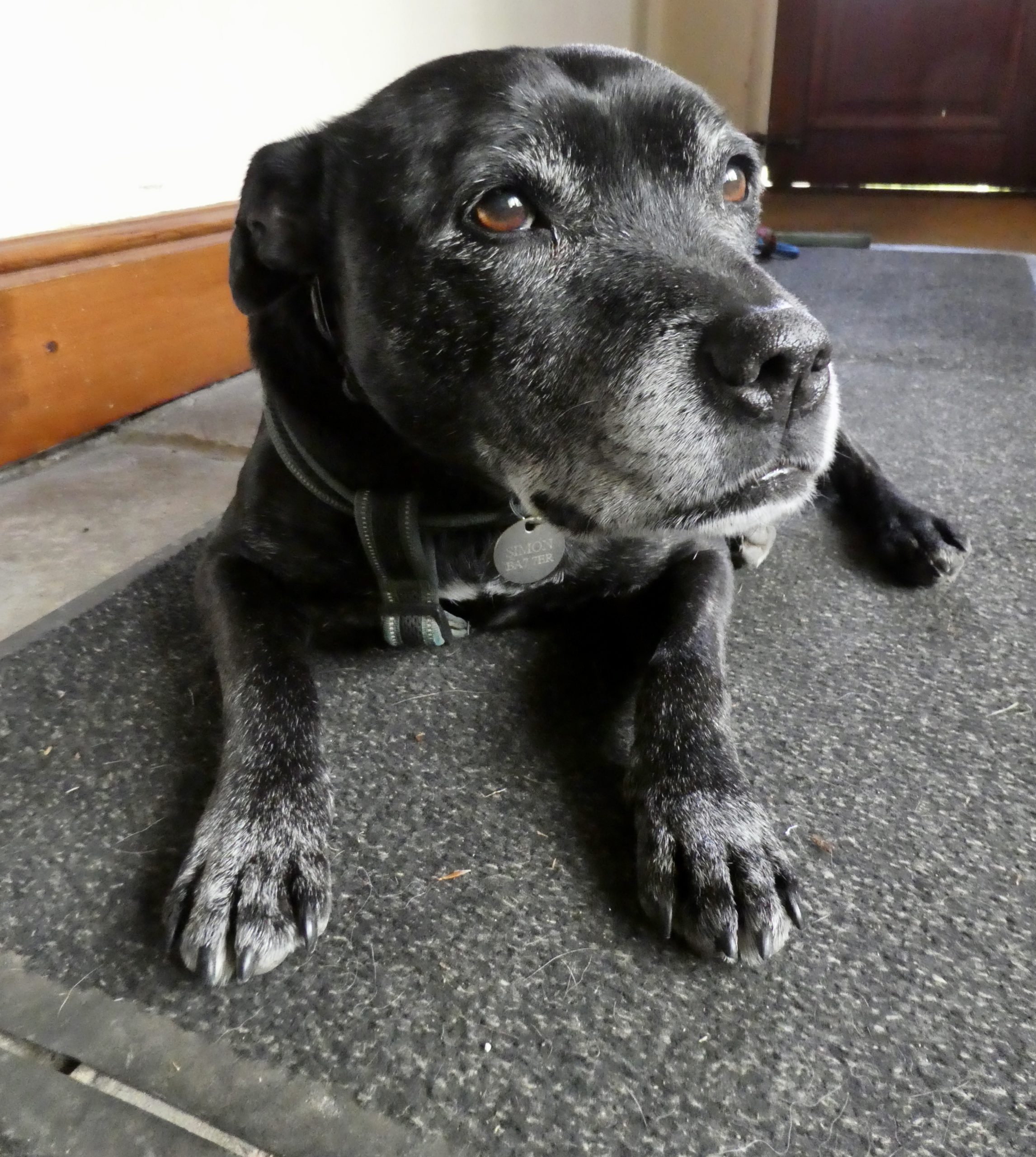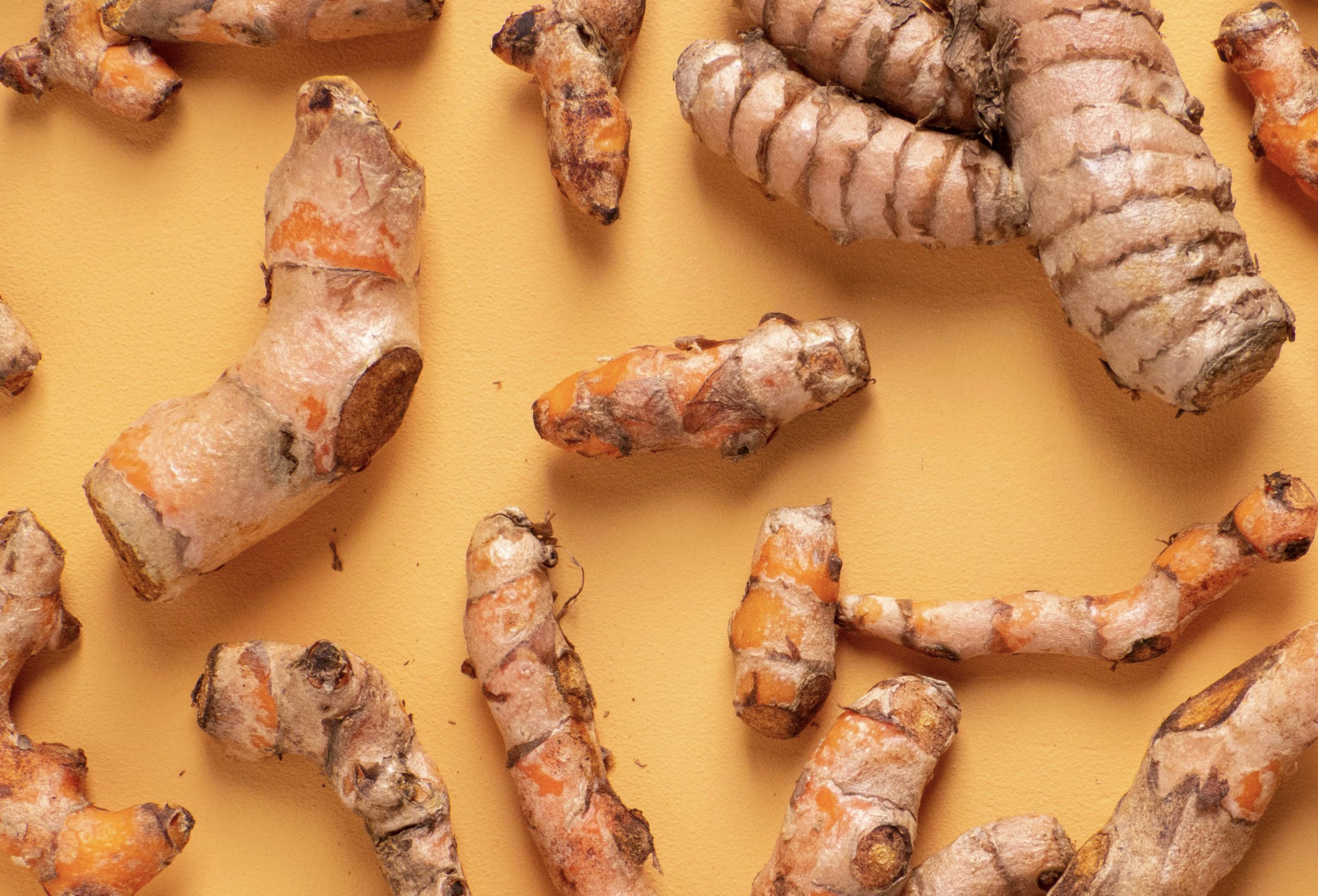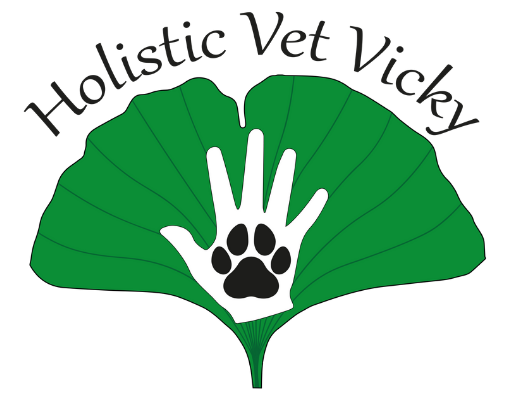ARTHRITIS - How Can You Help Your Pet?
PREVENTION
There are various things you can do to help minimise the risk of arthritis in your pet. Ensuring they are fed high quality food during growth (a species appropriate diet, such as a complete raw food, for dogs and cats is my preference), and are not over-exercised is essential. Neutering, if desired/needed, only once fully grown is also crucial (12 months in small dogs and up to 18 months to 2 years in giant breeds).
If your pet has a growth deformity or unusual posture then be careful with how you choose to exercise them. As mentioned in the last post, high intensity games and sports increase the risk of arthritis, even in perfectly healthy dogs. These include fetch, frisbee, flyball, agility and any activity that involves jumping, twisting, landing, or high-speed turns.Also remember that if you have lots of slippery floors in your house, and your pet is very energetic or quick, then non-slip runner rugs will help minimise slip injuries at home. These are especially important once arthritis has been diagnosed to help make your pets’ lives easier.
If your pets suffer a joint injury early in life then it can be worth starting them on joint supplements at an early age. For other dogs, middle age (around 7 or 8) can be a good time to start, especially if they’ve had a very active life. Joint supplements can include omega 3 oils, glucosamine, chondroitin, green lipped muscle, and MSM. These are readily available either alone, or in combination with each other or with herbs.

DIET
A good diet throughout life is also essential for joint health, even more so once affected. As mentioned above, I like to feed a species appropriate diet, ideally raw for dogs and cats. What is great about raw is that you are trying to feed your pet for the health of its joints, muscles, cartilage and bones – so if you feed them joints, muscles, cartilage and bones, then all the nutrients should be present that are required by these structures! If this does not appeal or is not possible for you, then the key thing is to keep the carbohydrate levels down, as carbs feed inflammation, so can make arthritic conditions worse. Stick with a natural, high protein/low carb, minimally processed diet. In horses, minimising high energy grains or feeds acts similarly.
Diets already containing joint supplements are best avoided, as the processing reduces the amount of these actually still available to your pet.
EXERCISE MANAGEMENT
This is essential, but varies hugely between patients. Generally, the best rule to follow is this: Multiple short walks are always better than 1 long one. This allows the joints time to rest and recover between use, minimising stiffness after rest after exercise. If you do take your dog on a longer than normal walk, then take them on a shorter than normal walk the next day. If you take them to hydrotherapy, then this should count as a walk – they are often more exhausted afterwards too! Most importantly, be sensible and don’t push them. An occasional day of rest is often needed, but some rambling about the garden, or a short trip round the block should be included on these, and you shouldn’t do too many in a row, or they may ‘cease up’. Remember – if you don’t use it, you lose it!
PHYSICAL THERAPIES
HYDROTHERAPY – This is absolutely amazing for arthritic cases, and for recovery following injuries. I find it the most useful therapy for helping to prevent muscle wastage, as when they are in the water, they can exercise their joints without weight bearing. This means pain is often hugely reduced for them, so they can use the joint in a more normal fashion, allowing the muscle to rebuild. In most hydrotherapy centres, the therapist gets into the water with the dog (or cat – I’ve had a few cases!) to ensure they are using all 4 limbs properly and not being lazy with their most affected limb.
CHIROPRACTIC & OSTEOPATHY – These therapies involve the manipulation of bones and soft tissues, using varying levels of pressure, to correct any abnormalities in alignment of the bones or muscles. These corrections help to relieve pressure on different joints, tendons, muscles and ligaments, that twisting or tension might cause. After an injury or fall, however mild and especially in an arthritic dog, I have found it very useful for pets, including my own dog, to see one of these therapists. An uncorrected twist in the spine, neck or pelvis particularly, can create a whole new set of tensions or discomforts, so if you can keep your pet in the correct anatomical alignment (or as close as possible) then their comfort levels will be able to remain as high as possible.
MASSAGE & OTHER MUSCULAR THERAPIES – There are lots of different forms of massage available for dogs, as well as various different forms of myofascial release, such as Bowen Therapy and Emmett Technique. This is where small movements in set locations can release tension within the fascia, the layer of soft tissue that joins all the muscles together. I know less about these personally, but clients have reported good improvements in their pets after massage sessions and a lot of enjoyment during. A friend who was learning Emmett practiced on my old boy Fudge, and he was certainly noticeably more sprightly and less tense after his sessions.
HERBAL MEDICINE
Herbal medicine is amazing for managing arthritis as herbs can be useful in so many ways. Not only are there Anti-Inflammatory herbs, but also: Antispasmodics, to help relieve muscle tension; Anodynes, for central pain relief; Herbs that help with neuropathic (nerve-related) pain; Neurotrophorestoratives, to help repair the nervous system; Herbs that minimise cartilage erosion; Circulatory tonics, that ensure circulation is working optimally; and many more.

Turmeric is probably the best-known herb for arthritis, because of its anti-inflammatory action. Commonly it is given by owners in the form of golden paste, where it is mixed with coconut oil and black pepper. This is because curcumin, the active constituent, is fat soluble and a study found that black pepper hugely increased the bioavailability of it to the body. At the start of arthritis, or in an older dog who is at risk of developing arthritis, I think golden paste can be great. However, it is not that strong and so in more advanced cases we often see little positive response.
It can be better to give a turmeric supplement with higher levels of curcumin, or more beneficially to consult a veterinary herbalist. The advantage of seeing an herbalist is 2-fold. Turmeric is a very warming herb, which doesn’t suit every patient, and can make some patients worse as inflammation is a warm condition. An individually prescribed herb mix can contain herbs to balance this heat, if needed, but can also contain herbs to attack the problem from other angles too, making it more likely to be effective and give the highest level of comfort to the patient.
ACUPUNCTURE
Acupuncture is becoming more and more popular amongst both people and animals as a form of pain relief. It is now widespread amongst vets, with many conventional vets offering acupuncture too. Acupuncture can be performed either with needles, where they are placed in the acupuncture points, or using a laser, where the laser activates the acupuncture points. Different vets have different preferences, and some also use electro-acupuncture, where a gentle current in passed through the needles for a stronger activation of the points, and often a greater pain-relieving effect. Some patients, especially cats, can be extremely difficult to treat with needles, so laser may be more preferable.
Usually a course of acupuncture is the 1st step – 4 treatments with a week in between each one. Sometimes a single session will show huge improvements, but other cases can take longer to respond, with the very occasional case not responding. After the initial course, time between treatments varies, but is generally extended to as long a gap as possible to keep the patient optimally comfortable. This is because cases can become slightly resistant to treatment over time, and patients can need some form of pain relief for their arthritis for many years at the end of their lives.
HOMEOPATHY
Homeopathy can also be very helpful in the management of arthritis. Remedies usually need to be repeated relatively frequently, at least monthly, if not daily or weekly, in chronic cases. There are lots of different remedies which have arthritis in their picture. Some will be selected on a symptomatic basis and given more frequently, whilst others on a more constitutional basis, especially if your pet is suffering from other medical conditions, and given more infrequently.
Of the symptomatic remedies, Rhus tox is probably the most famous, known as the ‘rusty gate’ remedy, as it is famously helpful in arthritic cases that are worse in cold wet weather, and worse after rest after exercise.
DRUGS
Unfortunately, sometimes arthritis reaches such an advanced level that pharmaceutical pain management may be needed for quality of life purposes, and for the welfare and happiness of your pet. This is not the end of the world, and it can be used as part of an integrated management of the case, with the help of your holistic vet, and alongside your conventional vet (if you have both). All the other therapies above can be used alongside pharmaceuticals, and can often allow the use of lower doses of the drugs, and help minimise side effects too. When it comes down to it, quality of life is always better than quantity.
Arthritis is a very common condition in our pets, but its diagnosis (suspected or confirmed) need not be the end of the world and does not necessarily mean you are looking at needing drugs for the rest of your pets’ lives.
Stay Happy. Stay Mobile.
Vx

Recent Comments